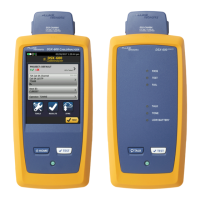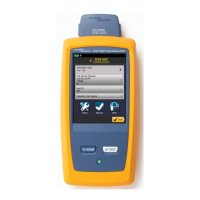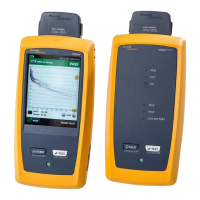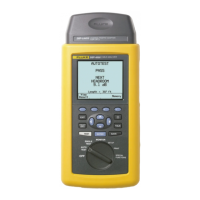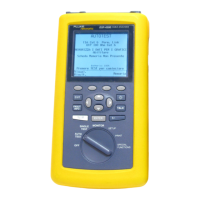24
Cabling installation is a multi-step process. Components such as racks, patch panels,
outlets and cable are delivered to the job site. The nal product is “assembled” on site.
It is a prudent practice to certify the cabling system after installation to ensure that
all installed links meet their expected level of performance. The testing phase will
very likely deliver some failing or marginally passing results. In order to deliver a high
quality cabling system, the defects that cause the failures and marginal passes must be
uncovered and corrected.
The Fluke Networks certication test tools have always provided unique and powerful
diagnostics assistance to installation technicians. By knowing the nature of typical
faults, and how the tester’s diagnostics report them, you can signicantly reduce the
time to correct an anomaly, an installation error or a defective component. Personnel
responsible for the networks operation can also benet from the diagnostic capabilities
of a certication test tool; with the tester’s assistance they can limit the duration of
network downtime and restore service quickly.
Familiarize yourself with the capabilities of your test tool, a modest investment that pays
for itself many times over. For the latest information on cable testing standards, news,
and issues, visit the Fluke Networks web site, FlukeNetworks.com, our blog
(www.ukenetworks.com/blog/cabling-chronicles), or enroll in a local Fluke Networks
CCTT (Certied Cable Technician Training) course at http://www.ukenetworks.com/
content/certied-cabling-test-technician-training-program.
Conclusion
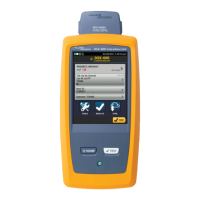
